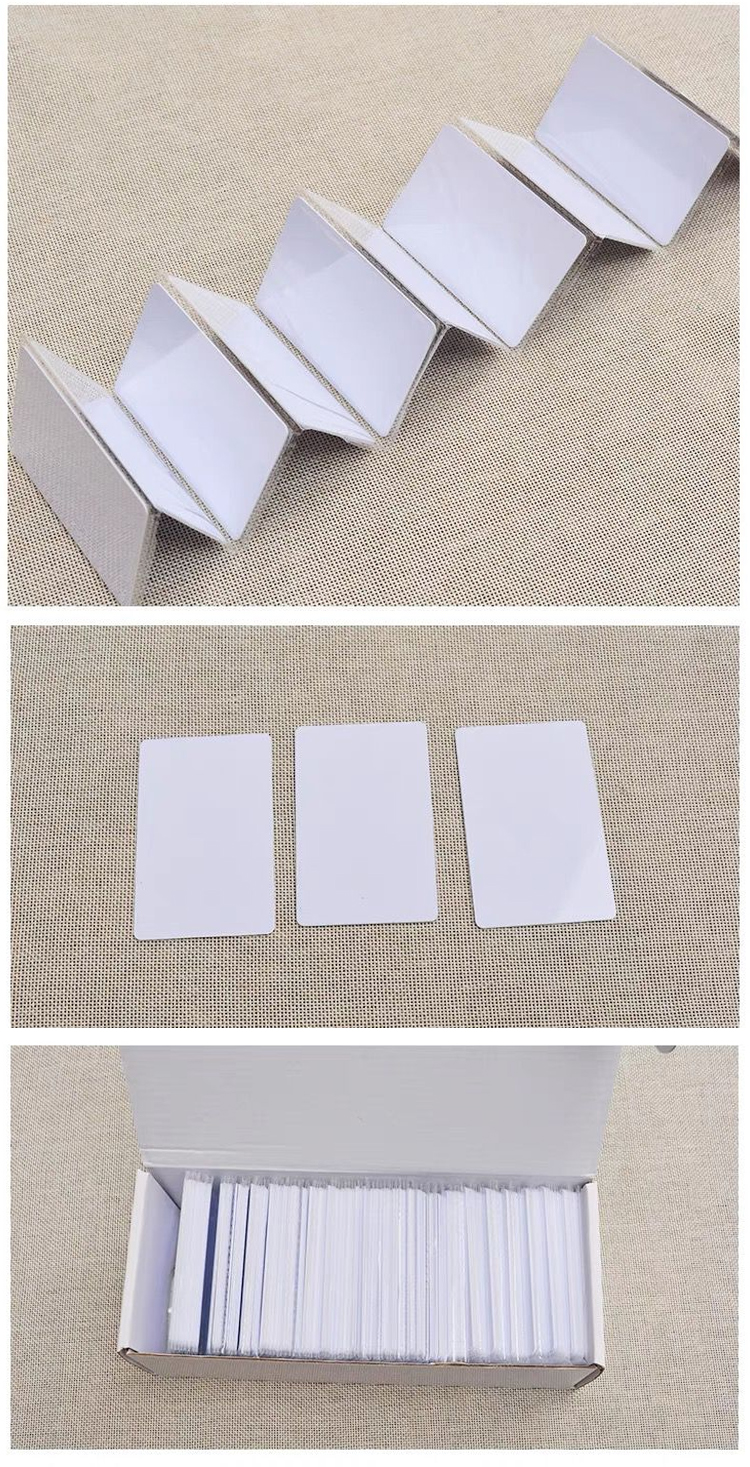This article was last revised in 383 Days ago, some of its contents may have changed. If you have any questions, you can ask the author。
Today, a customer who has been working with us for two years asked this question.
UID card and Mifare Classic 1K card are two different types of smart cards, which differ in design and function:
Storage structure: Mifare Classic 1K card has 1KB of storage space, divided into 16 sectors, each sector contains 4 blocks, each block is 16 bytes. Block 0 of sector 0 usually contains the manufacturer UID code as the card identification code. UID card is a common copy card, which can repeatedly erase and write all sectors, but it may fail if the access control system has a firewall.
Security: Sector 0 of Mifare Classic 1K card cannot be modified, and other sectors can be repeatedly erased and written. It has 4 main permissions: read, write, increment, decrement, and 2 additional permissions: read and write control code, read and write A/B password. These permissions require the use of A or B password and operate under the constraints of the control code.
Use: Mifare Classic 1K card is usually used for access control cards, elevator cards, etc., while UID card may be used in some scenarios that do not require high security. The design of the Mifare Classic 1K card includes security considerations, such as using passwords to protect access to sectors.
Special types: There are different types of cloned cards, such as CUID, FUID, and UFUID, which provide different levels of security and features. For example, CUID cards can penetrate most firewalls, while UFUID cards become M1 cards after sealing the card, and UID cards if the card is not sealed.
get more RFID reader deatils from www.s4a-access.com quickly.
UID and BCC: Mifare Classic 1K cards, like other MIFARE cards, have a UID (Unique Identifier) and a BCC (Block Check Code). The BCC is a checksum of the UID, and if not configured correctly, it may cause the card to be undetectable, i.e. "bricked".
Modifiability: Some MIFARE cards, known as "Magic" cards, allow the manufacturer block to be modified, which is not allowed in the original card. However, if Block 0 is not configured correctly, the card may be "bricked", i.e. irreversibly damaged.
Technical cracking: Mifare Classic was cracked in 2008. If the KEY of any segment in the card is known, all KEYs can be obtained through simple brute force. But many cards used in formal occasions do not use the default key
